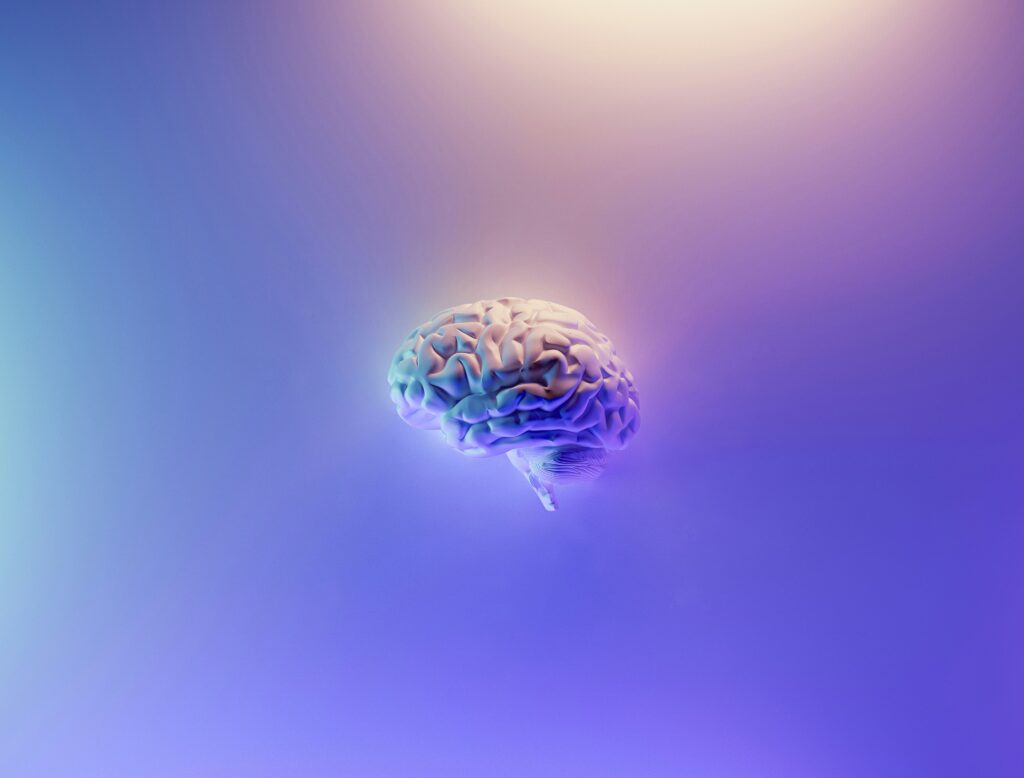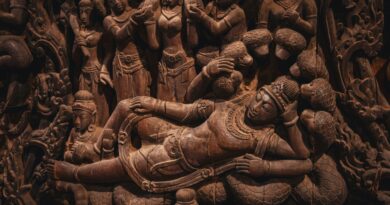
When the Universe Looks Back
The Hard Problem of Consciousness: The Mystery That Knows Itself
We can peer into the brain with dazzling precision today. We can watch thoughts form as electric impulses, map emotions to circuits, and track how memories take shape in folds of gray matter. And yet, even with all our instruments and theories, we are no closer to explaining why any of it feels like anything at all.
Why should the firing of neurons produce the sweetness of love, the ache of grief, or the shimmering wonder of music?
Why does the universe, through us, feel itself? This question—known as the hard problem of consciousness—sits like a quiet flame at the edge of science and philosophy, illuminating both how much we know and how little we understand.
The Map Is Not the Territory
Neuroscience can tell us how the brain works. It can trace the pathways of attention, the chemistry of desire, the architecture of thought. But all that knowledge exists from the outside, in the third person. It tells us how the system behaves—but not what it’s like to be the system.
You can know every note in a symphony and still not hear the music. You can study every pigment in a painting and still not see its beauty. Likewise, you can know everything about neurons and still not understand why you feel alive.
That gap between description and experience—between brain and being—is the space where mystery resides.
The Light Behind the Eyes
Every experience you’ve ever had—every sight, sound, thought, and emotion—has appeared within the same invisible space of awareness. We are so used to being aware that we overlook awareness itself. It is the background upon which all sensations appear, yet it has no form or color of its own.
Science can measure the brain’s dance of electricity, but it cannot point to the light that knows it is dancing. That light—call it consciousness, soul, or spirit—is the most intimate thing we know and the most inexplicable.
It does not seem to be in the body so much as the body is in it.
The Witness Within the Experience
The eye sees a sunset—but what is it that appreciates it?
Photons strike the retina, the optic nerve carries signals, and the brain translates them into color and form. But the sense of awe, the quiet stirring of beauty, the moment when the world seems to pause and something within you whispers “this is beautiful”—what mechanism accounts for that?
That appreciation doesn’t belong to the eyes, or even to the brain. It belongs to the witness within—the awareness that experiences the experience. The eye perceives form, but it is consciousness that feels wonder. The brain processes wavelengths, but it is you—the inner, silent you—that beholds meaning in them.
When you look at a sunset, what you truly encounter is not just light on the horizon, but the light of awareness recognizing itself in the world.
The beauty you perceive out there is mirrored by the beauty that exists within.
It’s as if consciousness paints the world on the canvas of itself, then steps inside the painting to admire its own work.
Perhaps We Are the Universe Remembering Itself
What if consciousness is not something the brain produces, but something it channels? Imagine that reality itself is one vast, boundless field of awareness—a single consciousness that dreams in countless forms. Each mind, each life, would then be a point of focus through which that universal awareness experiences itself.
Just as the ocean takes the shape of every wave, consciousness takes the shape of every mind. The wave may think it is separate, but when it falls back into the sea, it realizes it was never apart. Under this view, we are not isolated beings trying to awaken—we are awakenings trying to remember that we are one being.
This is the intuition behind many mystical traditions: that Ātman is Brahman, the self and the universe are not two, and consciousness is the ground from which both matter and mind arise.
Science Meets Spirit
This idea doesn’t reject science; it completes it. Science explores the forms that consciousness takes—atoms, brains, galaxies.
Spirituality explores the formless essence that animates them all.
Where science asks, “How does the brain create experience?”, spirituality asks, “Who is it that is aware of the brain?” Both are valid. Both are necessary. But only one can be answered from within.
The Living Mystery
Perhaps the hard problem is not meant to be solved but lived. It is the reminder that the universe is not a cold mechanism—it is an unfolding awareness that looks through every pair of eyes, including yours.
When you feel love, it is the cosmos recognizing itself as unity. When you feel wonder, it is existence waking up to its own beauty. When you feel pain, it is consciousness stretching itself into form and learning compassion through the limits of flesh.
We may spend lifetimes studying the brain, but the deepest truth may already be whispering through us:
You are not in the universe. The universe is in you.
Closing Reflection
The hard problem of consciousness is not an obstacle to knowledge—it is an invitation to awe. It reminds us that beyond the language of neurons and networks lies a silent awareness that cannot be dissected because it is the one who dissects. That awareness—pure, vast, eternal—is what we truly are. And in the end, perhaps consciousness is not the universe’s greatest mystery at all.
Perhaps it is the universe’s way of knowing it was never a mystery to begin with.
Image by Milad Fakurian downloaded from unsplash.com



